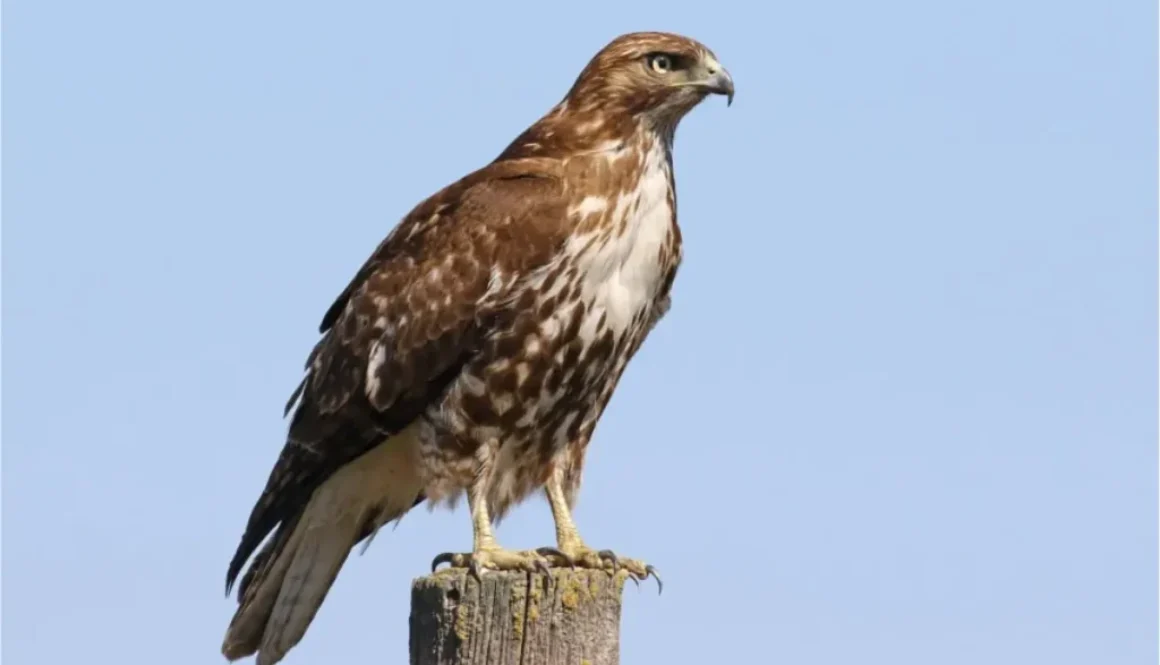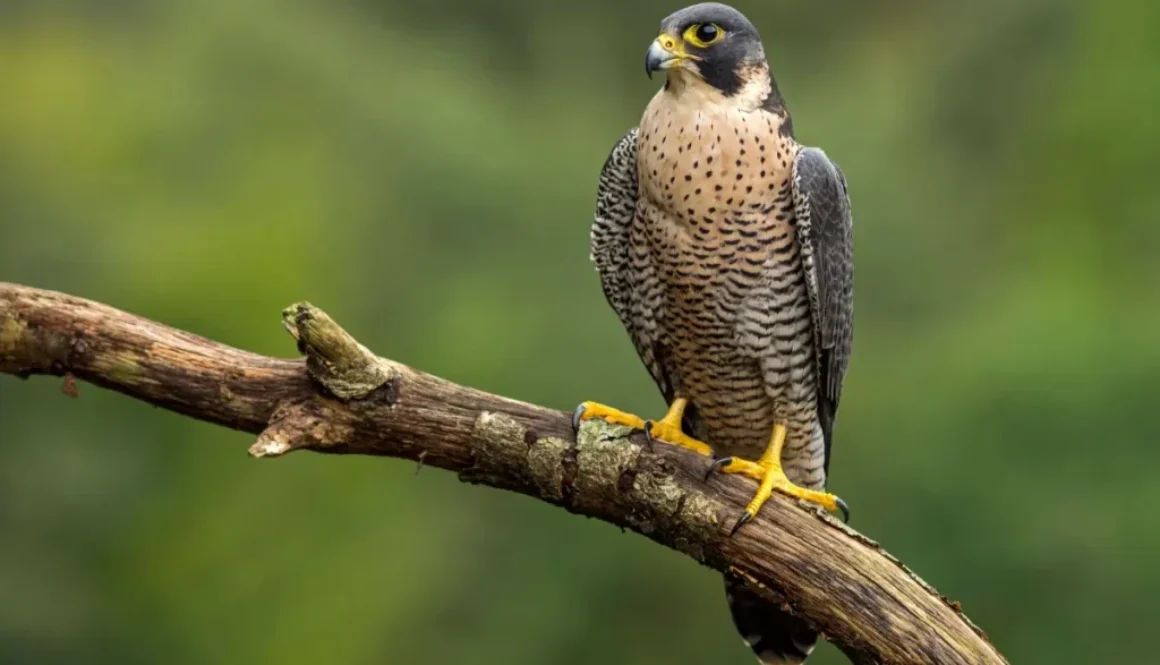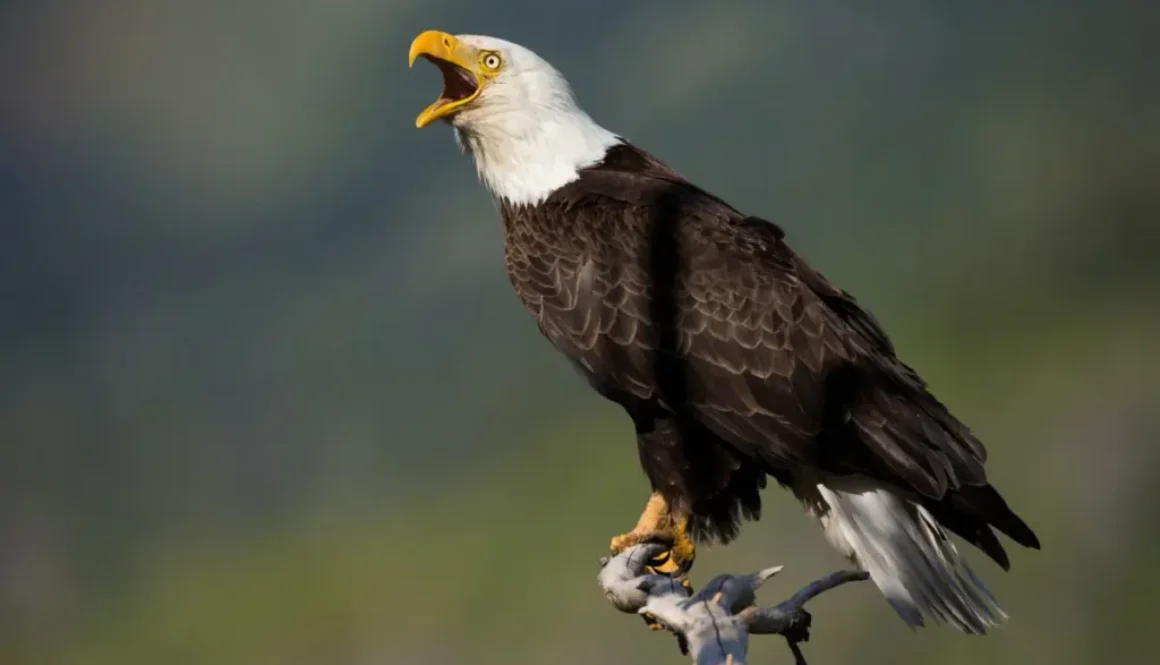Red-tailed Hawk (Buteo jamaicensis)
The Widespread and Adaptable Raptor
The Red-tailed Hawk is one of the most common and widespread raptors in North America, known for its distinctive reddish-brown tail, which gives the bird its name.
Physical Characteristics and Variability
This large hawk has a wingspan of 4 to 5 feet and weighs between 1.5 to 3.5 pounds. Its plumage varies widely depending on the region, but it typically has a brownish body, with a paler underbelly marked by a dark band across the belly and, in adults, a rich, rusty-red tail.
Habitat and Behavior
Red-tailed Hawks inhabit a wide range of environments, including deserts, grasslands, forests, agricultural fields, and urban areas. They are highly adaptable and can be found from coast to coast in the United States, as well as in parts of Canada, Central America, and the Caribbean. These hawks are often seen perched on poles, trees, or other high vantage points, scanning the landscape for prey.
Diet and Hunting Techniques
Their diet primarily consists of small to medium-sized mammals, such as mice, voles, rabbits, and squirrels, but they also hunt birds, reptiles, and insects. Red-tailed Hawks are known for their soaring flight, often circling high above in search of prey. When they spot potential prey, they dive swiftly, capturing it with their sharp talons. Their powerful beaks are used to tear apart their food.
Breeding and Nesting
Red-tailed Hawks are monogamous and often mate for life. They build large stick nests high in trees, cliffs, or even on man-made structures. The female typically lays 2 to 3 eggs, which are incubated by both parents for about a month. The young hawks, or eyases, fledge at around 6 weeks of age but may continue to rely on their parents for food for several months.
Vocalization and Cultural Representation
The Red-tailed Hawk’s call is a distinctive, high-pitched scream, often heard in movies and television to represent any bird of prey. However, this versatile raptor faces threats from habitat destruction, collisions with vehicles and power lines, and illegal shooting. Despite these challenges, Red-tailed Hawks have successfully adapted to a variety of environments, including urban areas, and are a familiar sight across much of North America.



